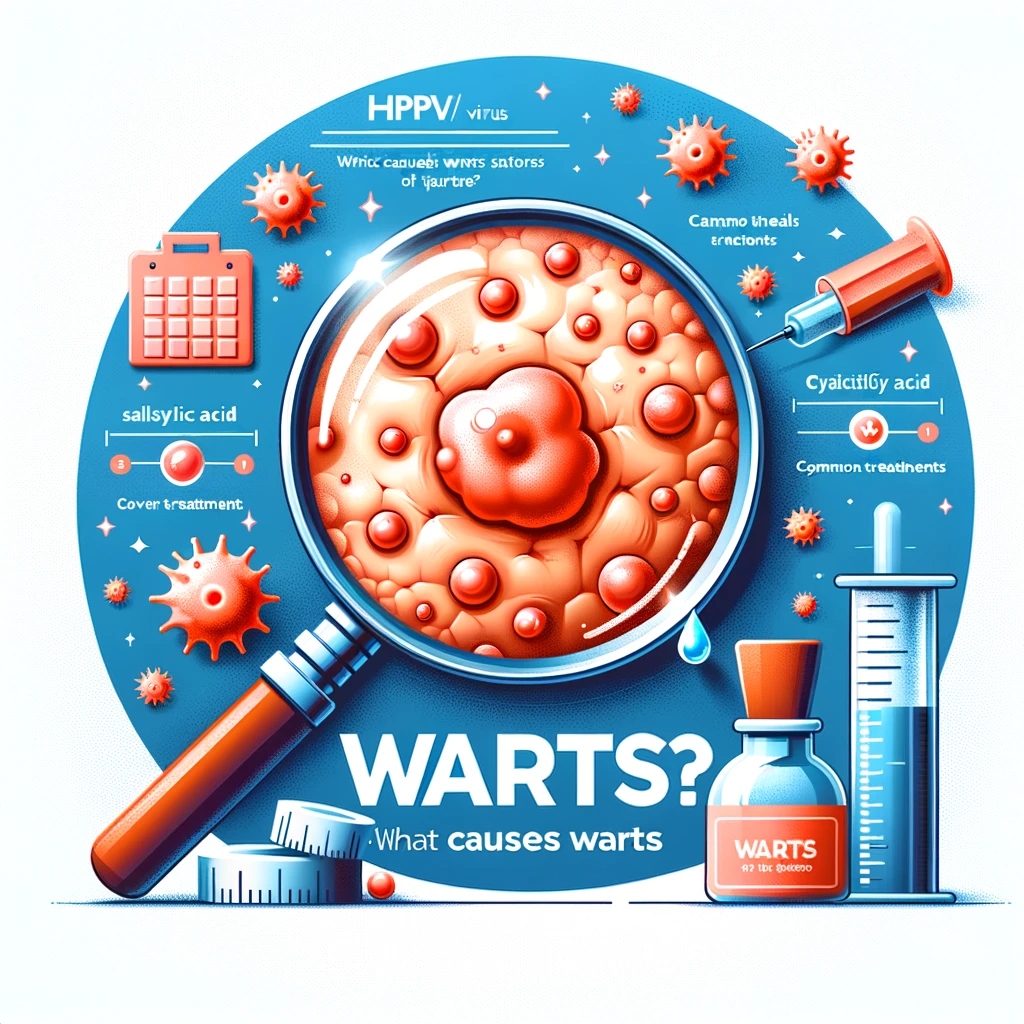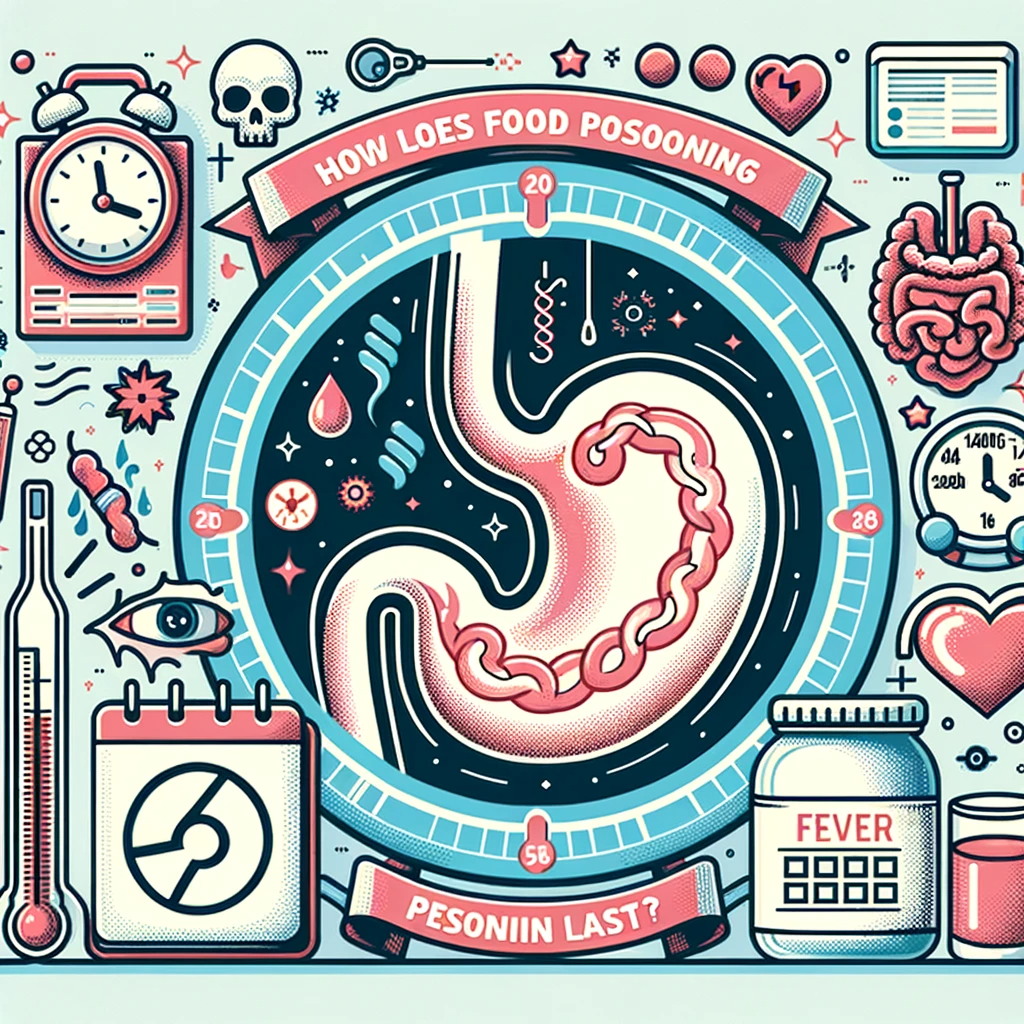Warts are common skin growths that can appear anywhere on the body. They are caused by the human papillomavirus (HPV) and are generally harmless but can be bothersome and unsightly. In this article, we delve into what causes warts, how they spread, and the available treatments.
Understanding Warts
Warts are small, rough growths that are most commonly found on the hands and feet. They can vary in appearance and may develop singly or in clusters. Despite their varied appearance, most warts are benign and non-cancerous.
The Role of HPV
The primary cause of warts is the human papillomavirus (HPV). There are over 100 types of HPV, and different strains are responsible for different kinds of warts. For example, some strains cause common warts on the hands, while others might lead to plantar warts on the feet.
How HPV Causes Warts
HPV triggers an excess growth of keratin, a hard protein in the epidermis, the top layer of the skin. This excess keratin produces the rough, hard texture of a wart.
Transmission of HPV
HPV is highly contagious and can spread through:
- Direct Contact: Touching someone’s wart or using personal items like towels or razors that have been used by someone with a wart can spread the virus.
- Self-Inoculation: Picking at or biting warts can spread the virus to other parts of your body.
- Through Broken Skin: Warts often develop on broken skin, as viruses find it easier to enter the top layer of skin through cuts or scratches.
Types of Warts
- Common Warts: Usually found on fingers and toes, these warts are rough, grainy, and have a rounded top.
- Plantar Warts: Found on the soles of the feet, these warts can be painful and feel like walking on a small stone.
- Flat Warts: Smaller and smoother, these warts can grow in large numbers and can appear anywhere on the body.
- Filiform Warts: These warts look like long threads or thin projections and usually grow on the face.
Treatment Options
While warts often go away on their own, treatment can speed up the process. Common treatments include:
- Salicylic Acid: Applied topically to peel away layers of the wart.
- Cryotherapy: Freezes the wart using liquid nitrogen.
- Surgical Removal: Involves cutting away the wart or destroying it with laser therapy.
- Chemical Treatments: Utilize chemicals like cantharidin to remove the wart.
Preventing Wart Spread
To prevent the spread of warts, avoid direct contact with warts, keep your feet dry, don’t pick at warts, and use clean towels and personal items.
When to See a Doctor
If warts are painful, change in appearance or color, or if you have a weakened immune system, it’s important to see a healthcare professional for proper diagnosis and treatment.
Conclusion
Warts are a common skin issue caused by the human papillomavirus. Understanding their causes, types, and treatment options can help manage and prevent them. Remember, for persistent or concerning warts, always consult a healthcare professional.





